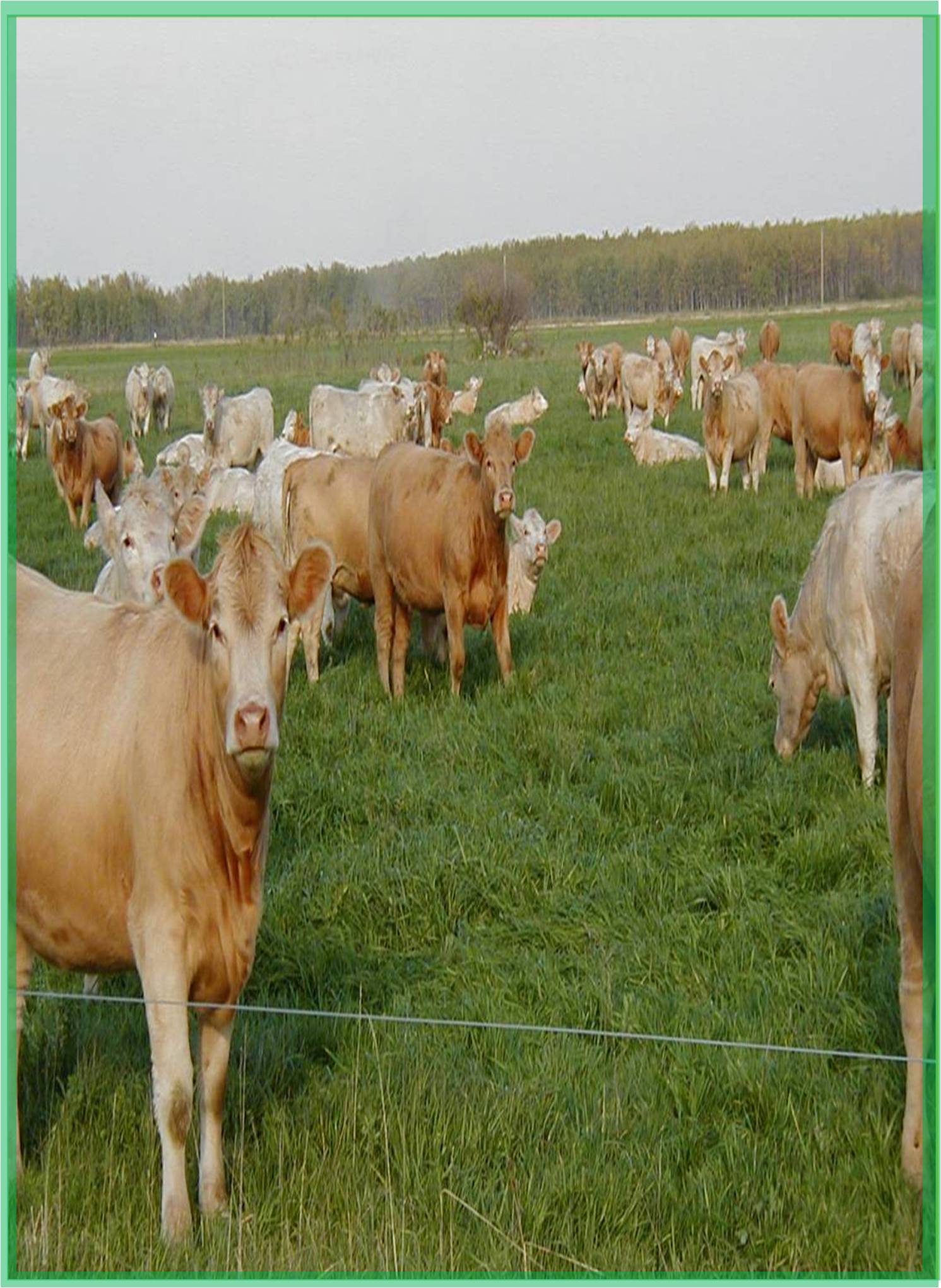



Received: 30-Nov-2022, Manuscript No. GJAS-22-83922; Editor assigned: 02-Dec-2022, Pre QC No. GJAS-22-83922 (PQ); Reviewed: 16-Dec-2022, QC No. GJAS-22-83922; Revised: 23-Dec-2022, Manuscript No. GJAS-22-83922 (R); Published: 30-Dec-2022, DOI: 10.15651/GJAS.22.10.015
Trichoderma, a genus of free-living organisms, is present in all types of soil and is a member of the Hypocreaceae family. These fungi thrive in root ecosystems as opportunistic, avirulent plant symbionts and parasites on other fungi. Trichoderma is found in the soil and rhizospheres of many plants. In immune-compromised hosts, Trichoderma species such as T. longibrachiatum, T. harzianum, T. citrinoviride, T. koningii, T. pseudokoningii, and T. viride have all been identified as the infectious agents. Numerous genera can control plant pathogenic fungi and nematodes through antagonistic action based on competition, antibiosis, and/or parasitism; additionally, the bio-stimulant ability of certain Trichoderma species allows to improve nutrient uptake by plants, promote plant growth, increase crop productivity, and induce systemic resistance in plants, which can be used in environmentally friendly agricultural practises. Trichoderma species dual's enzymatic and chemical defence mechanisms make it a powerful mycoparasite antagonist and biocontrol agent. Utilizing Trichoderma species or the metabolites released by these fungi as biological fungicides to address plant diseases caused by pathogenic fungus can take advantage of these characteristics.
Trichoderma species are fast-growing fungi with persistent conidia and a wide range of substrate utilisation. They are fierce competitors for food and living space. Furthermore, Trichoderma species is naturally resistant to a wide range of toxic compounds, including herbicides, fungicides, and phenolic compounds. As a result, they can grow quickly and have an impact on pathogens by producing metabolic compounds that impede their growth. Spore germination (fungistasis), cell death (antibiosis), or rhizosphere modification (e.g., acidifying the soil to prevent pathogen growth). Because starvation is the most common cause of death for microorganisms, competition for limited nutrients is especially important in phytopathogen biocontrol. Iron uptake is critical for filamentous fungi, and in the absence chelators known as siderophores. Trichoderma species synthesizes highly effective siderophores that chelate iron and inhibit the growth of other fungi. As a result, Trichoderma as a biocontrol agent is influenced by soil characteristics. Mycoparasitism is a complicated mechanism involving the production of a cell wall lytic enzyme. Mycoparasitism process as consisting of four sequential steps i.e chemotropism and recognition; attachment and coiling; cell wall penetration; and host cell digestion. Trichoderma strains detect other fungi, grow directly towards them, and produce hydrolytic cell-wall degrading enzymes sequentially. Trichoderma attaches to the host and coils hyphae around it, forming appressoria on the host surface, penetrating the host cell and collapsing the host hyphae. Trichoderma species not only control pathogens, but they also stimulate plant growth and root development and plant defence mechanisms. Some Trichoderma strains have been shown to penetrate the epidermis and colonise root surfaces in a robust and long- lasting manner. Trichoderma species also produce gluconic and citric acids, reduced soil pH, and enhanced soil solubilization of phosphate, micronutrients and mineral components. Trichoderma species cause the gene expression of plants to produce defense-related proteins such as chitinase, glucanase, and peroxidase. It has also been demonstrated that pretreating plants with Trichoderma species increases their resistance to disease attack. Trichoderma species are opportunistic invaders that grow quickly and produce a large number of spores. They contain enzymes that degrade cell walls and produce antibiotics.
In plants, Trichoderma species induces the hypersensitive response, Systemic Acquired Resistance (SAR), and Induced Systemic Resistance (ISR). Trichoderma species induction of localised or systemic resistance is an important component of plant disease control. Thus, disease control by root-colonizing Trichoderma species entails a complex interaction between the host plant, the pathogen, the biocontrol agent, and a variety of environmental factors. The most effective bio fungicide in modern agriculture is Trichoderma species among the many biological controls used in agriculture to manage plant diseases are Trichoderma-based Biological Control Agents (BCAs). Through competition, Trichoderma may suppress the growth of pathogen populations in the rhizosphere, reducing disease development. It produces antibiotics and toxins such as Trichothecin and Trichodermin, a Sesquiterpine with a direct effect on other organisms. The antagonist (Trichoderma) hyphae either grow alongside the host hyphae or coil around it, secreting various lytic enzymes involved in mycoparasitism such as chitinase, glucanase, and pectinase. Trichoderma also improves yield and produce quality. Increase the rate of germination. Lengthening of the shoots and roots Phosphates in various insoluble forms are soluble. Improve nitrogen fixation. Encourage healthy crop growth in the early stages. Increase dry matter production significantly. Give crops and soil natural long-term immunity. Farmers primarily recognize Trichoderma- based biocontrol agents as an environmentally friendly approach in their fields. Few studies suggested that combining Trichoderma with fungicides could be used as a long-term disease control strategy to reduce the use of chemical fungicides.